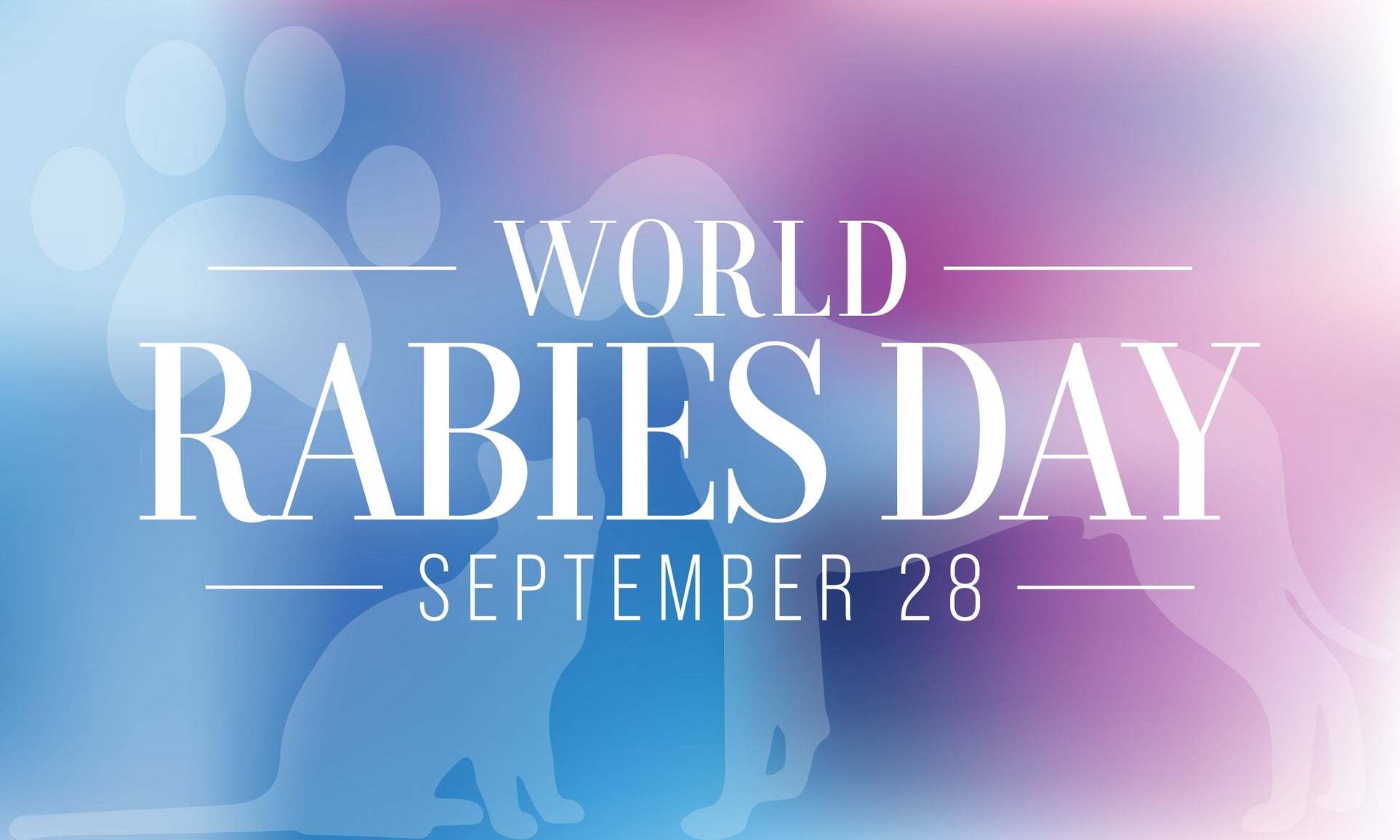
World Rabies Day | Vaccinate Your Pets
September 28, 2022September 28 is World Rabies Day, a time to focus on the importance of rabies prevention and vaccination. Annually, rabies kills over 55,000 people – most in Africa and Asia. Yet it is a disease that can be easily prevented through vaccination. In this blog post, we will discuss the dangers of rabies and how you can keep your pets safe from this deadly virus!
What is Rabies?
Rabies is a virus that attacks the nervous system and is fatal if not treated immediately. The virus is usually spread through the bite of an infected animal, but it can also be spread through contact with saliva or other body fluids. Rabies is found in all parts of the world but is most common in Africa and Asia.
Why Is It Important to Get Your Pets Vaccinated Against Rabies?
Pets are at risk for rabies if they are not vaccinated against it. Rabies can also be spread to humans, so taking precautions is essential to protect yourself and your loved ones. There are ways to prevent rabies, including vaccinating your pets and avoiding contact with wild animals.
How Dangerous Are Rabies
Rabies is a severe disease that can be deadly. If you think your pet has been exposed to rabies, seek medical attention immediately. Early diagnosis and treatment are essential for the best possible outcome. Rabies is preventable, so ensure your pets are up-to-date on their vaccinations!
Symptoms of rabies in both humans and animals
There are many symptoms of rabies in humans and pets, and they can seem to be flu-like symptoms. The main symptoms include fever, headache, and fatigue. In more severe cases, rabies can cause seizures, paralysis, and death. If you think your pet has been exposed to rabies, seek medical attention immediately.

Louis Pasteur - Founder of the Rabies Vaccine
Louis Pasteur was a French chemist and microbiologist who developed the first rabies vaccine. During Pasteur's investigation into rabies disease, he discovered that the virus was too small to be seen by his microscope. Hence, he experimented with the disease, demanding the development of entirely new methodologies.
Pasteur conducted his experiments using rabbits and transmitted the infectious agent from animal to animal by intracerebral inoculations until he obtained a stable preparation. To attenuate the invisible agent, he desiccated the spinal cords of infected animals until the practice became almost nonvirulent. He realized later that, instead of creating an attenuated form of the agent, his treatment neutralized it.
The rabies virus infects the central nervous system. If a person or pet does not receive the appropriate medical care after a potential rabies exposure, the virus can cause disease in the brain, ultimately resulting in death. Rabies can be prevented by vaccinating pets, staying away from wildlife, and seeking medical care after potential exposures before symptoms start.
